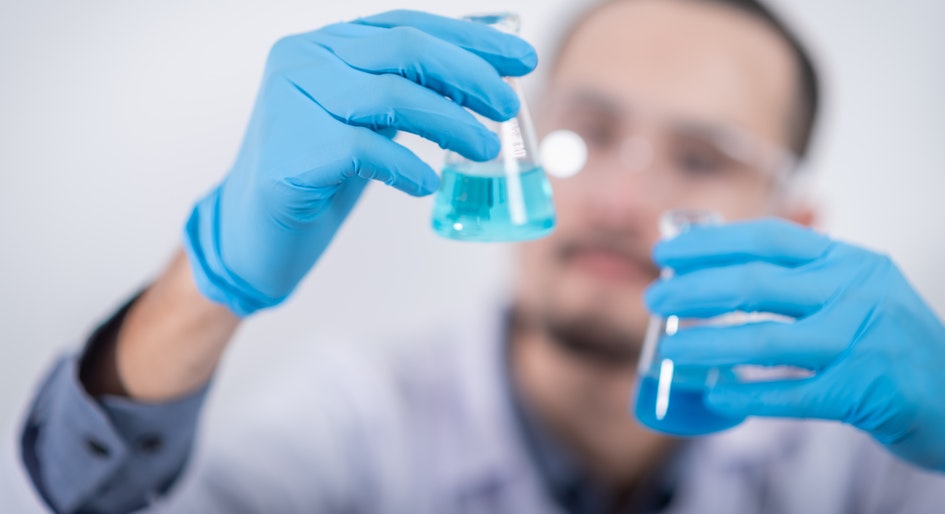The list of active ingredients used in disinfectants is lengthy and full of trade-offs. This makes purchasing a disinfectant a challenging task. There’s a need to balance the product’s infection prevention properties with protecting the health of staff, building occupants and the environment. Understanding how these active ingredients work can help guide cleaning companies and facility managers in the decision-making process to ultimately select the right product.
Disinfectants are created with one purpose: to kill microbes and pathogens. They are destructive to cells by definition, which means none are completely harmless. However, some active ingredients are safer for human health and the environment than others, like hydrogen peroxide and some forms of quaternary ammonium compounds.
Not just hair dye
When most people think about hydrogen peroxide, the brown bottle at the pharmacy typically comes to mind. This is the three per cent grade that can be used on wounds or for mouthwash. However, hydrogen peroxide is also found in cleaning products and disinfectants. It can be effective against a wide range of microorganisms, including bacteria, yeasts, fungi, viruses and spores.
Peroxides are oxidizing agents, which means they work by pulling electrons from other molecules in cells. Hydrogen peroxide literally attacks the pathogens. This means a disinfectant that contains hydrogen peroxide as its main active ingredient can have an excellent kill claim; however, it can be unstable. If it comes into contact with other molecules, like organics and soil that haven’t been cleaned away before the disinfectant was sprayed, then the product’s effectiveness is degraded. For this reason, it’s necessary to thoroughly clean surfaces prior to using most hydrogen peroxide disinfectants.
The chemistry of quats
Quaternary ammonium compounds, or quats, are generally considered less toxic than traditional active ingredients like bleach and phenol, which pose a risk to long-term health including occupational asthma.
Quats are generally fungicidal, bactericidal and virucidal. They are also understood to be catalytic, which means they aren’t destroyed in the process of killing the pathogens.
Like hydrogen peroxide, quats are generally recognized as safe and have a dental use (they are often an active ingredient in toothpaste and mouthwash).
There are hundreds of different quats, each with a different chemical, environmental and health profile. Some are biodegradable with limited hazard profiles, while others are less desirable.
When it comes to associated health risks, it is often a matter of concentration. In recent years, the use of quats in disinfectants has increased to 3,000 parts per million (and more) from a few hundred parts per million. These products have shorter dwell times and broader kill claims but come with increased health warnings as they can have an irritating effect on skin and the respiratory tract.
Mark McInnes is manager of research and development at Charlotte Products Ltd., a leading manufacturer of sustainable cleaning products.









